Summary / TL;DR
SEO taxonomy is the strategic organisation of website content to improve search engine performance and user experience. It involves structuring content using categories, subcategories, facets, and tags to enable easier crawling and indexing by search engines like Google. The article outlines four taxonomy types—hierarchical, network, matrix, and faceted—each suited for different website needs. Effective SEO taxonomy enhances site navigation, reduces bounce rates, and supports higher rankings. Key components include clear hierarchy, descriptive labels, optimised URLs, and internal linking. Success depends on balancing user-centric design with SEO best practices, guided by keyword research and audience data.
SEO trends can be like fashion—they change and evolve. You might focus on keywords, earn backlinks, and churn out heaps of articles. But do these efforts really boost your search engine rankings? Some do help, but strategies must adapt as technology and Google algorithms change.
One of the underappreciated SEO tactics revolves around the website structure, i.e., its taxonomy. However, it has always been crucial in securing a successful online presence.
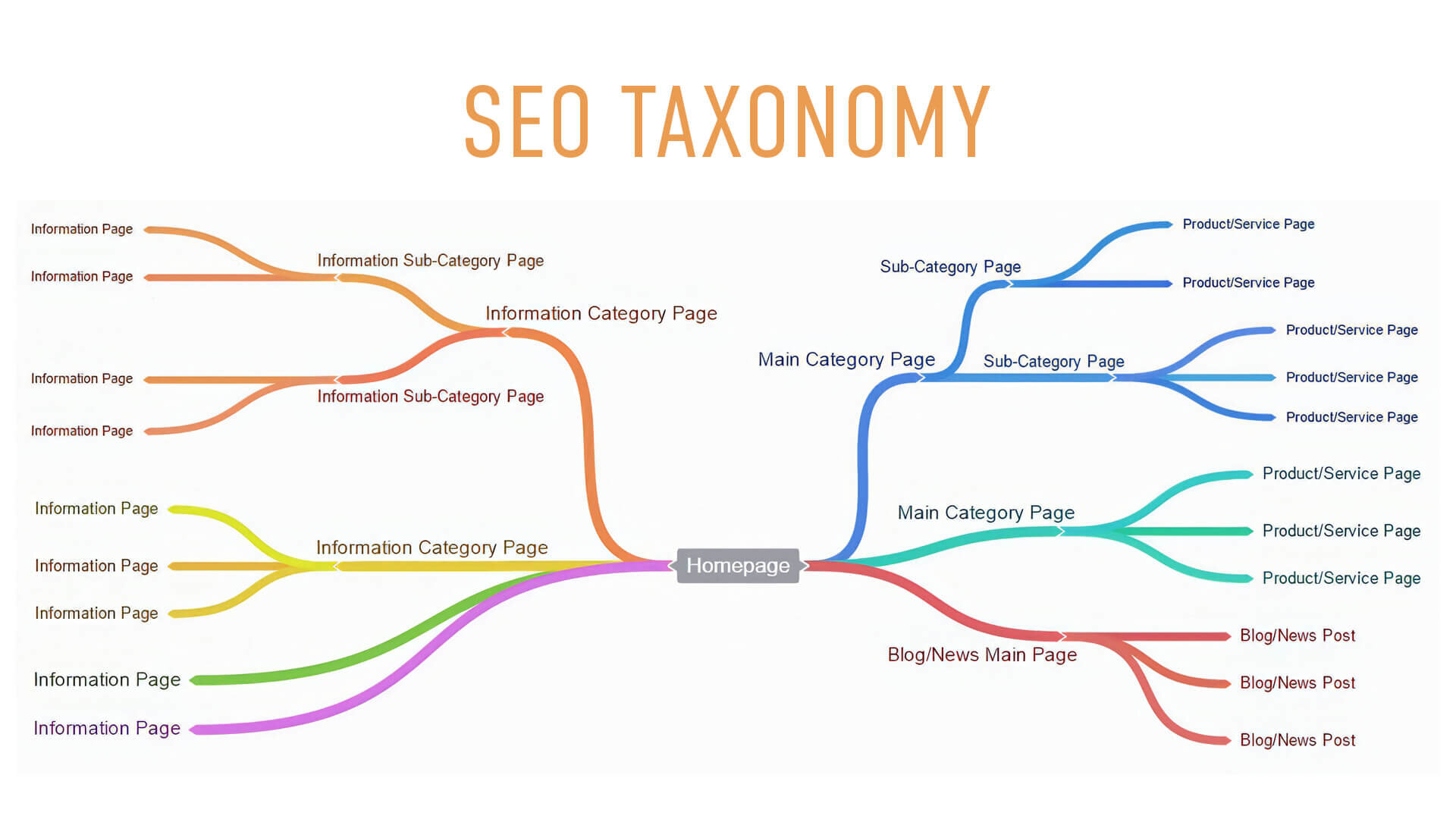
You may have a small website now and expect users to find the right path to the desired page themselves. But imagine if the number of your pages multiplies from 10 to 100, for example? It’s like finding a book in a vast library: an impossible undertaking without a rational structure.
Think of your website like a library; proper organisation makes it easier for both search engines and users to find their way through your store, blog, or service pages. Essentially, you need a clear roadmap. For website owners, creating a taxonomy that caters to both users and search engines is crucial, especially for eCommerce sites with loads of products and fresh content.
In this article, we’ll guide you through the nuances of SEO taxonomy. Whether you have years of market experience or are a prospective entrepre neur, you’ll find valuable insights that can redefine your online strategy. So, let us de lve deepe r into the potential unsung hero of your digital journey.
What Is Taxonomy, and How Does It Differ from Classification?
Taxonomy is all about organising and categorising. Originally a biological concept for grouping organisms, it applies similarly to digital content. This ensures your website’s content is well-placed and SEO-friendly.
Considering that, you could ask, “Isn’t that just a classification system?” Actually, no. Although both involve organising content, the taxonomic structure is broader and encompassing. Imagine labelled drawer dividers in the kitchen.
The decision to use them is classification, while the labels are taxonomy. So, taxonomy goes in-depth, concentrating on the connections and hierarchies between content segments.
A well-organised taxonomy within a category page stemming from a well-designed site taxonomy leads to the following results:
- ensuring the delivery of opportunities to find relevant information through relevant content through well-structured presentation;
- streamlining the user experience;
- providing the ability to find the desired thing faster thanks to eCommerce site search best practices;
- helping search engines understand and accurately index your content;
- elevating search engine rankings.
What Is the Connection Between Taxonomy and SEO?
SEO taxonomy goes hand in hand with website taxonomy. This means that the logical organisation of the website contributes to a more straightforward navigation and understanding of the content, which is essential for SEO.
If people don’t face issues when browsing the site, there will be lower chances of them bouncing.
They’ll be more likely to engage with the content. Coupled with optimised performance and enhanced accessibility, search engines like Google will receive positive signals and promote the website in search. Plus, SEO taxonomy improves crawling, increasing the number of indexed pages.
The main components of SEO taxonomy are as follows:
- Categories that effectively group content such as “Men,” “Women,” and “Accessories” in the apparel store;
- Subcategories, more detailed sections like “Pants,” “Shirts,” and “Shoes”;
- Facets. These are filters or attributes like “Red” or “size M”;
- Tags. Tag pages with these labels or keywords give more context and help organise content into categories with precise context. For example, “fashion trends,” “summer fashion,” and “style tips” could be tags for the article with summer fashion trends;
- The URL structure of webpages like “website.com/mens-clothing/shirts”.
What Types of SEO Taxonomies Exist
Now, let’s consider the different types of SEO taxonomies: hierarchical, network, matrix, and faceted. They demonstrate how your content elements can relate to each other and how users can access them.
Hierarchical Taxonomy

What It Is
Consider it to be like a tree. The trunk represents the main topic, and the branches and leaves embody the subtopics, narrowing down the primary idea.
Why It Matters
This taxonomy is the most common and straightforward. You should take this approach if your website contains numerous clearly defined category pages and subcategories. Let’s take an online shoe store as an example. It may have “Men’s Footwear” and “Women’s Footwear” as its main categories, with “Sneakers” or “Sandals” serving as its subcategories.
Tips to Consider
When organising your website’s taxonomy, the goal should be simplicity and clarity in the website’s structure. Avoid using too many levels in the category hierarchy.
The ideal taxonomy has fewer levels, indicating faster access to content for visitors and search engines alike. A convoluted structure with excessive nested subcategories could make it challenging to navigate. Consider each page’s content type and incorporate thoughtful keyword targeting instead of dividing pages strictly by keywords.
For example, an intuitive organisation for a tech blog may have basic top-level categories like “Reviews,” “Tutorials,” and “Opinions” rather than an endless array of niche keyword categories. This creates a site architecture that is easier for users and search engines to understand and index. Also, be careful when using abbreviations or niche terms for category names since clear terminology supports successful search engine optimisation SEO efforts.
Spelling out abbreviations first, like having a parent category, “Search Engine Optimisation (SEO)”, makes the taxonomy accessible to wider audiences unfamiliar with abbreviated industry lingo. These tips will underpin a robust taxonomy that complements your overall marketing strategy and makes your site content easy to find and navigate.
Network Taxonomy
What It Is
This one isn’t a tree but a web. The connections between items allow them to fit into numerous categories, giving you several system-creation alternatives. You may combine such a taxonomy with a hierarchical one.
Why It Matters
Hierarchical taxonomies suit large websites with a clear structure, allowing you to interlink the website pages, pass some SEO juice, and guide visitors from one page to another. It’s great for websites with overlapping categories, such as “Vegan” and “Gluten-Free,” on a recipe website where one dish can be relevant to both sections.
Tips to Consider
If you decide to implement a network taxonomy with extensive interlinking between related pages, keep these tips in mind. First, dedicate a separate section or category for your most popular, recent and timely content.
Since users search for the latest information, isolating trending articles and posts allows for quicker access and an enhanced user experience.
Don’t make it difficult for users to find relevant content by burying it deep within a complex structure. Additionally, verify the connections between your interlinked pages make logical sense. For example, on a music blog, the “Rock” category should have intuitive links to related content like “Guitar Tutorials” and “Concert Reviews” rather than a random assortment of tangentially related pages.
This allows users to navigate to associated content without getting sidetracked or overwhelmed naturally. Following this advice will help optimise your network taxonomy for usability.
Matrix Taxonomy
What It Is
This type of taxonomy unites two or more kinds of relationships or criteria. It’s like a table with rows and columns where you can specify criteria and find the desired item.
Why It Matters
A matrix taxonomy better serves repositories or databases where items fit into specific intersections of criteria. You can also choose it to enable visitors to filter the content according to very narrow characteristics.
Tips to Consider
When developing a matrix taxonomy structure based on multiple classification criteria, clearly define the primary categories and subcategories that make sense for your content. For an eCommerce site, key groupings like ‘Brand,’ ‘Type,’ and ‘Size’ help users understand how products are organised.
Ensure your website programming returns the appropriate results at taxonomy intersections. If a user selects ‘Shirts’ and ‘Adidas,’ the results displayed should be Adidas shirts, not a random assortment. Proper database organisation and display logic alignment are crucial.
Also, UX/UI features like breadcrumbs and clear category/filter options should be implemented so users understand their navigation path. Knowing their current place in the multi-layer matrix reduces confusion and simplifies backtracking. This guidance will help create a matrix taxonomy that enables seamless user exploration.
Faceted Taxonomy

What It Is
This taxonomy type is very similar to the previous matrix. The line between them may sometimes blur, confusing. The thing is that a faceted taxonomy involves categorising items based on multiple dimensions or facets. It’s when you can narrow your search by applying a size, brand, colour, and price to the eCommerce store.
Yet, in contrast to a matrix taxonomy, you have more freedom and flexibility to combine any number of facets in search or navigation. In a matrix taxonomy, the structure is more rigid, and the content must fit into predetermined intersections.
Why It Matters
If you’re thinking of including several taxonomy structures and selling multiple products on your site, this form of taxonomy is your go-to. A faceted taxonomy works well in online stores with a wide range of products.
Tips to Consider
When building a faceted taxonomy, establish the most critical facets upfront and limit their number to avoid overwhelming users. Display the key groupings like price range, brand, or product type prominently at the top based on user behaviour analytics.
Also, be mindful of potential duplicate content issues. Since the same products may appear across various facet combinations, search engines could crawl them multiple times, which harms SEO.
Using canonical tags or noindex directives can help point crawlers to the one canonical URL. Additionally, it allows users to select multiple options within facets if relevant. For example, it enables choosing both “Science Fiction” and “Fantasy” genres rather than limiting to one. Dynamically update results when multiple selections are made.
Following these best practices will help create an intuitive and search-engine-friendly faceted taxonomy.
What Does a Successful SEO Taxonomy Consist Of?
Think of an SEO taxonomy like a jigsaw puzzle; each piece must fit perfectly to ensure your website’s SEO is cohesive and effective.
As a result, you build a user-friendly and SEO-optimised website. But what elements constitute this puzzle? Let’s consider the core ones and how to manage SEO requirements and user needs.
Key Elements and Components
Clear Hierarchical Structure
Hierarchy is crucial for both people and robots. A well-organised structure benefits both users and bots, leading to a better user experience and improved search results rankings. Like a well-organised file cabinet, hierarchy shows the first step for delving into more details. Create broad categories, making it easier to then follow with more detailed subjects or items.
Descriptive Labels & Titles
Use precise labels that clearly define the topic they apply to rather than ambiguous or general ones. Accurate labels improve search relevance by assisting users in navigating and aiding search engines in understanding the context.
Optimised URL Structures
Taxonomy and URL structure have a close relationship. The URL taxonomy should directly reflect the structure of your site’s taxonomy. That is, it should be clear where the page resides within the website’s taxonomy hierarchy according to the URL.
A case in point is website.com/shoes/men/skateboarding. We can draw the following conclusions from this example:
- The URL structure has the domain website.com/;
- It is in the subfolders /shoes/men/;
- The slug is /skateboarding identifying the page.
Vans has a URL organisation that effectively covers their entire site. By looking at this structure, you can predict the page content, one of the best strategies for creating an SEO taxonomy.
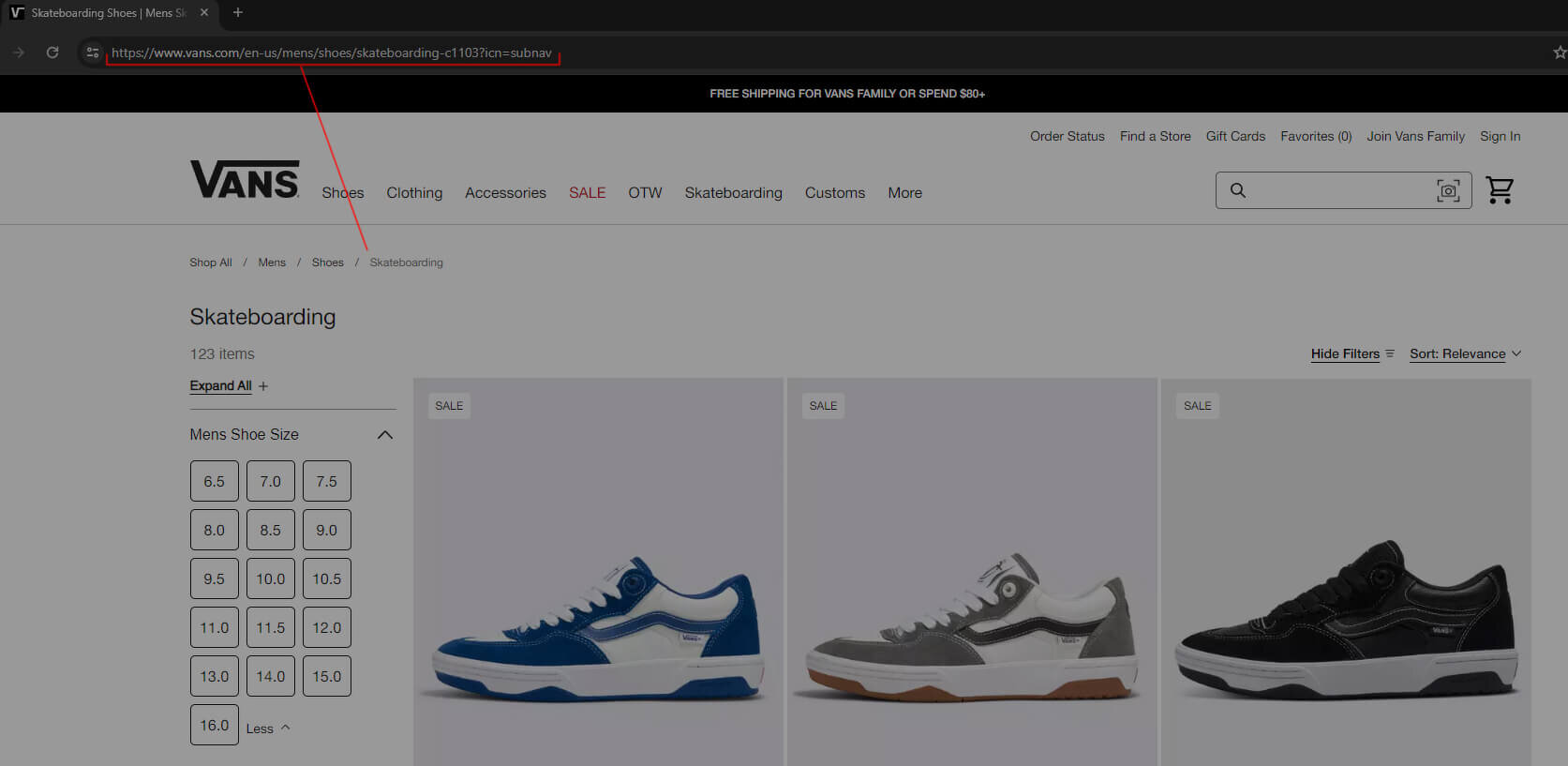
Internal Linking Strategy
When boosting the relevance and authority of your URLs, you may incorporate target keywords through backlinks and forget about internal linking. Yet, it’s essential to cross-link your website pages to guide users from one relevant page to another. Here are three main reasons to do it:
- You improve user navigation and enhance link equity across the site.
- It’s the opportunity to distribute page authority.
- Internal links help search engines discover multiple pages more effectively.
Internal links also give more context surrounding the link, telling search engines, “Hey, these topics are connected!” That’s why you should Place them strategically by employing specific keywords logically in the corresponding contextual content. For example, you should add a link to winter jackets to the article about preparing for winter rather than summer fruits.
Striking A Balance Between User-Centric and SEO-Focused Taxonomy
There are two approaches to organising an SEO taxonomy:
The user-centric approach requires you to cater to the needs and behaviours of your target audience. It includes gathering and acting upon customer feedback, analysing crucial metrics, and conducting usability testing.
Based on the results, you create a taxonomy to reflect this understanding. It can boost customer satisfaction, encourage them to return to the website, and increase sales. But it’s not that simple without proper search visibility and decent traffic. That’s why you should consider the next point.
The SEO-focused approach aims at search engine algorithms. You boost search rankings by working on keywords, their placement, search volume, competition, and relevance. It helps you achieve better visibility and attract more users.
The bottom line: don’t lean too heavily in one direction. Search engines do provide you with visitors. But people will purchase from your brand or share content on social media if it satisfies them, highlighting the importance of taxonomy for SEO. Thus:
- Name your categories harmoniously with user language, ensuring the use of relevant keywords, and incorporate high-value SEO keywords.
- The same applies to website structure. Build the website around user demands but mind SEO-friendliness, including meta description optimisation: meta tags, optimised images, and rich content.
- Combine user behaviour metrics and search engine ranking reports to improve your strategies.
How to Develop an SEO Taxonomy: 3 Easy Steps
At this point, you may have understood the importance of an SEO taxonomy. Now, the question is how to integrate it into your website, and we’ll help you with that.
1. Perform Preliminary Research and Keyword Analysis
What does your audience search for? What interests them? To answer these questions and design your SEO taxonomy, conduct keyword and topic research. Researching your topics and choosing the proper keywords is the basis of every good SEO plan. Both are necessary to organise the site’s content effectively.
Keywords and topics will assist you in classifying your taxonomy into usable categories and creating content for each one. You may also find your visitors’ pain points and address them better than others.
Choose one topic for the taxonomic category and decide which topics and terms to group under the main one. The fastest way to create a list of keywords is to employ specialised software like Ahrefs, Moz, or Google Keyword Planner.
Tools like Google Analytics or SEMrush can provide insight into your audience, traffic source, preferred devices, etc. Below, you can see a screenshot of Ahrefs used for keyword research.

The only thing to keep in mind is to avoid keyword stuffing. Your chosen keyword need not appear in every sentence, paragraph, or other element. Instead, you want to ensure that you write naturally and that your content is structured and organised around the subject.
2. Design the Taxonomy Structure
You’re free to choose any taxonomy structure to organise your content. Yet, aligning it with your website purpose and the audience is essential. Therefore, selecting a decent site architecture is one of the most critical steps, if not the most crucial, in developing your website’s taxonomy. How can you do it?
- Start broad, then narrow down. Let’s say you have a tech blog with general categories like “Web development,” “App development,” “Reviews,” and “Tutorials.” Subcategories can be “Frontend development,” “Backend development,” “Progressive web applications,” etc.
- Allow room for a change. With new technologies emerging, you may need sections on artificial intelligence or something else.
- Check whether it’s easy for real users to utilise the structure.
Pro tip: You may want to hire a dedicated internal team of professionals to craft an SEO taxonomy. This is especially true if you are restructuring an existing website. Or you can potentially look for outside assistance. Even though hiring an expert implies higher upfront costs, they will establish an efficient, hassle-free system to manage and update.
3. Implement SEO taxonomy and Refine the Structure
Let’s assume you’ve tested the structure for usability, replaced poorly organised elements, and come up with descriptive URLs. You may have even interlinked related articles and pages. The next step is to launch the structure. But the process doesn’t end at this stage.
As the website grows, be ready to add new categories, merge some, and remove outdated ones. That’s where you need to monitor analytics and feedback constantly.
To minimise the need for editing, establish a vocabulary crucial for categorising pages effectively, like “eCommerce,” not “e-commerce,” to classify the content in the future. It’s also wise to document your rules concerning the following:
- when to add and remove categories;
- what to do with the unneeded sections, whether you’ll redirect them or remove them permanently;
- responsibilities within a team.
Real-World Case Studies: Brands That Nailed SEO Taxonomy
It’s better to see a great taxonomy in action once than hear or read about it ten times. Let’s analyse some notable examples from top companies.
1. Airbnb
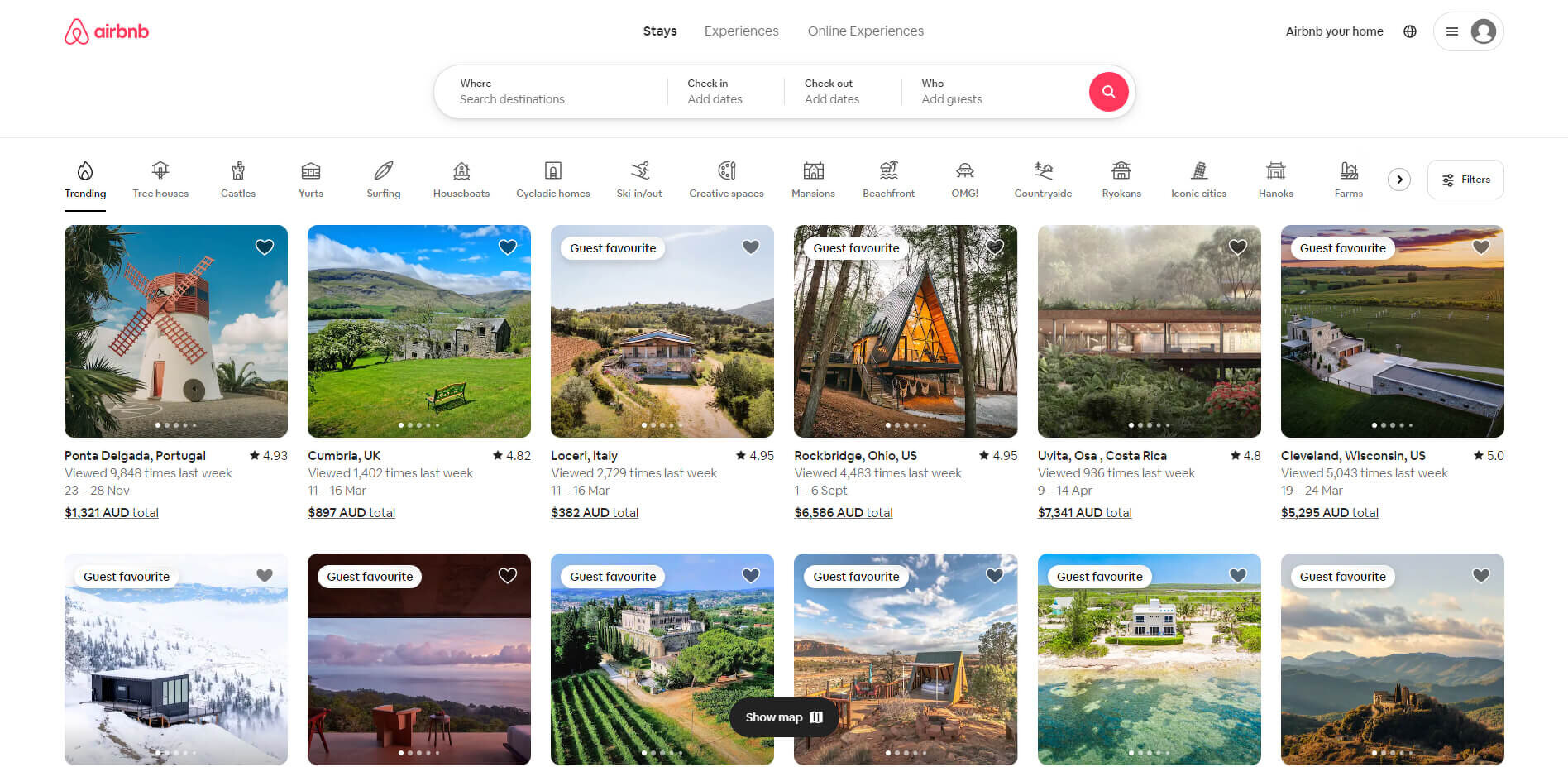
Airbnb’s taxonomy complies with a very straightforward logic. People can switch effortlessly between taxonomic categories such as “Amazing views” to “Treehouses”. The genius lies in intuitiveness. Visitors can also filter the options according to price range, type of place, room, bed, and other factors.
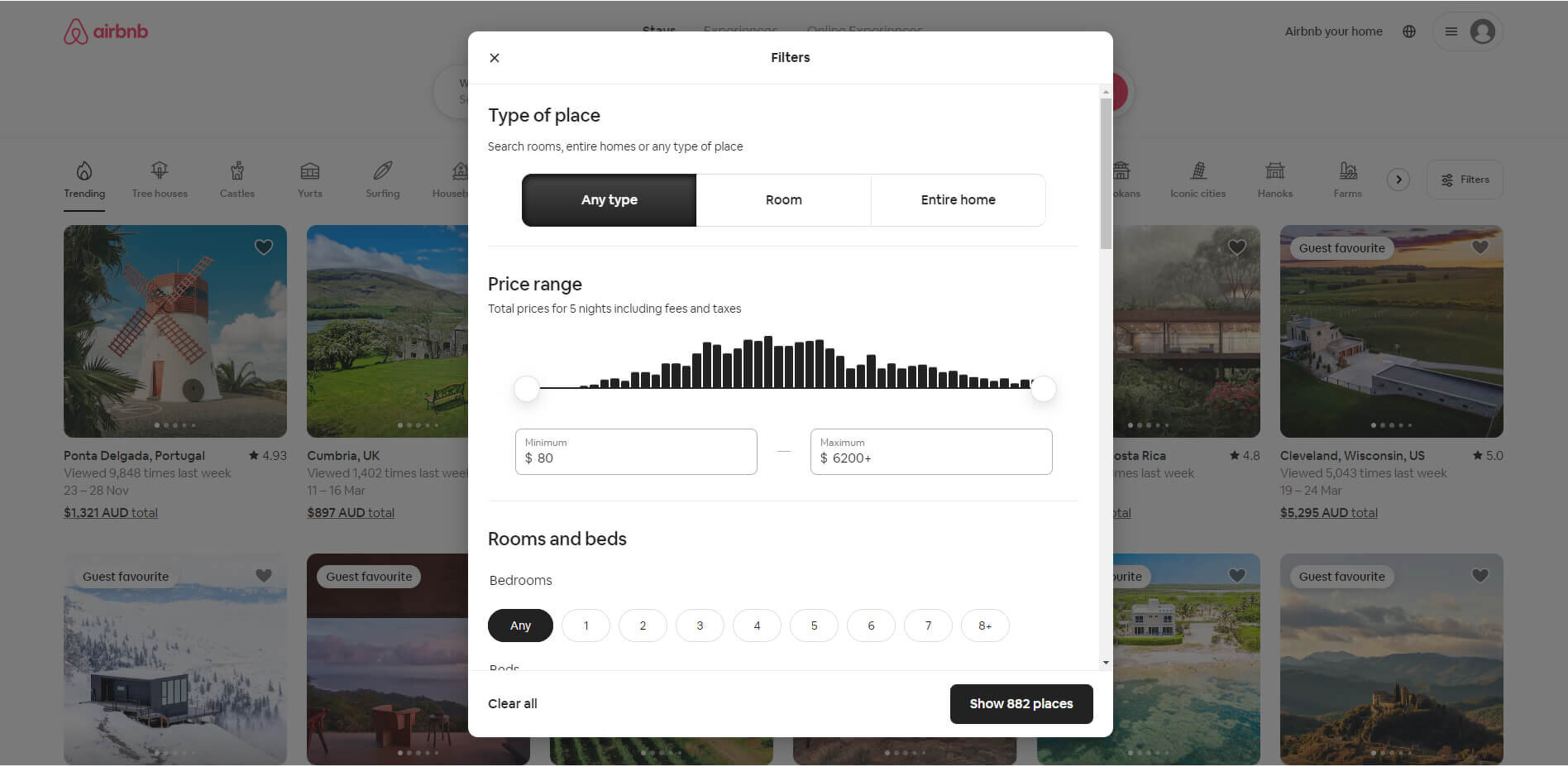
2. Spotify

Spotify’s categorisation heavily depends on user preferences. Whether you need to focus or work out, you can access their library of interconnected music genres to find new music effortlessly.
3. Zappos

Finding THE product is key for such a large online store like Zappos. When you land on the home page, you can see an example of a hierarchical taxonomy, with main categories highlighted on the navigation menu.
Let’s choose “Sneakers & Athletic” under the “Women” category. Here, Zappos goes beyond the shoe size and allows you to dive deeper into width, subcategory, brand, colour, features, shoe weight, etc. That’s how a faceted taxonomy works.
4. National Geographic
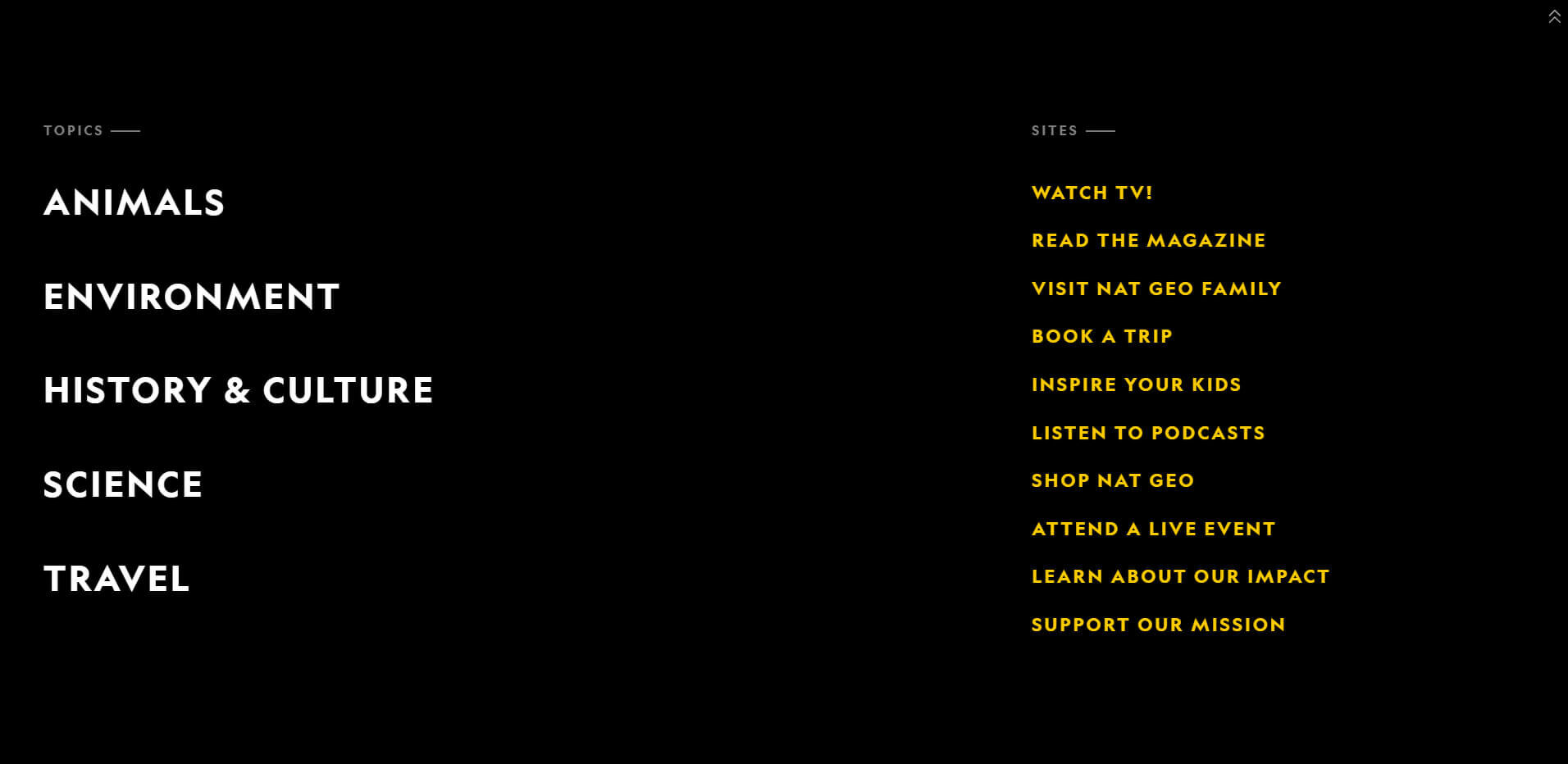
National Geographic has a very robust taxonomy. Users can explore topics like science or history using articles, films, or photo stories. Each category unfolds more specific subcategories to provide an immersive experience.
Navigating the World of Taxonomy for Maximum Online Impact
Do you implement various SEO strategies but need help to reach the top of the search engine results page (SERP)? Then, you should consider an SEO taxonomy. Being one of the most underrated, it streamlines the website navigation, enhances the UX, and boosts crawlability. It’s like a map with all the elements in the right place.
We’ve looked at various types of SEO taxonomy: hierarchical, network, matrix, and faceted. We’ve also enumerated tips on implementing the best-suited taxonomy for your website.
No matter whether you want a taxonomy for search engine crawl bots or better user navigation. An SEO taxonomy can help with both. Research, design, and refine to encourage visitors to stay on the website longer and convert. And let your website shine!
Need a hand with your SEO? At sitecentre®, we’re a multi-award-winning agency committed to delivering exceptional results for our clients. If you have any questions or wish to chat with one of our experts about how we can boost your SEO, feel free to contact us anytime!





